Spaces for Reading
Educational Spaces for Reading
Reading books, both paper editions, and increasingly more popular e-books, is beneficial for students’ intellectual development. Reading broadens their general knowledge about the ‘adult’ world much better than school textbooks; it feeds their imagination, expands vocabulary and inspires critical thinking. Regrettably, the number of readers among children and adolescents continues to fall. Schools can and should encourage young people to read, starting from the youngest students. Teachers and librarians have their role to play in this important endeavour; however, educational space may also be arranged in a manner conducive to reading books.
Reading Spaces
Temoe, AZ

At schools all over the world, students tend to read fewer paper books and this trend is not likely to change. Traditional books are losing the battle against e-books, colorful and dynamic websites, and even e-textbooks that contain more resources supporting learning than traditional paper textbooks. In many schools, attempts are made to try and promote traditional books, with several success stories. Today, however, one needs to make ongoing effort to attract students to books. To put it in market terms, encouraging students to read requires continuous marketing activity to attract the students’ attention, make them interested in a given publication and nearly force the said book into their hands.
Can the school space be of any help? Of course! Once a student has a book in his/her hand, a quiet reading area would come in. Polish schools lack quiet nooks where students could be alone and immerse themselves in reading. It is a good idea to design such areas. There are at least several possible solutions as to how to achieve it.
Collaboration Area
Tempe, AZ

In STO School Complex in Bemowo, Warsaw, there is a tradition of reading books to students (both at school and during school trips.) Jarosław Pytlak, the school headteacher, allocated a separate room for reading students – the former scouts’ room. This space was given the name of Czytalnia. The room was renovated; the students painted the walls the color of their choice and soft carpeting was laid on the floor. The room was also decorated with poufs and pillows and with a ‘majestic reading armchair’ (for teachers who read books aloud to children from grades 0-3). In this way, an actual cave was created, for students who look for a place to hide with a good book.
Similar spaces have been arranged in the Vittra Telefonsplan school in Stockholm. With their shape, they even resemble actual caves! The entire educational space in this facility has been arranged according to David D. Thornburg’s theory (for more information see the Introduction). Those rooms have been fitted with a large number of sockets that allow students to read books on their electronic devices.
Classroom
Tempe, AZ

The multimedia library is one of the most important self-study spaces in the Evangelische Schule Berlin Zentrum. It holds a large collection of books and it is equipped with computers with Internet access; students can enjoy armchairs, sofas, and a special platform where they can comfortably lay down with a book. The multimedia library is appreciated by the students, who go there with their obligatory readings, textbooks, and computers.
The above cases constitute good examples of how to design a reading area at school. They can be supplemented with initiatives implemented in private Bilingual Schools ATUT in Wrocław. In one of the corridors, a dedicated ‘house’ for books was put up, where students may leave books and magazines they have read for their peers. The ‘house’ is on wheels, so it can ‘follow the students’ to the areas where they spend most of their time. Another interesting idea was spotted in the school library (see the front photo). A rope was hung between two opposite walls of the library and it serves as a display for boards with photos of students who borrowed books. Under every photo, there are copies of covers of the books read by a given student with brief information about the book’s content. It is a great way to promote reading! This unique gallery allows students to visit the library to discover what their friends have recently read. In this way students allow their image to be used to market books, and their peers are more willing to read a publication ‘recommended’ in this way by their friends.
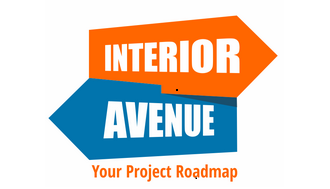
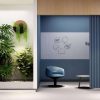
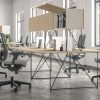
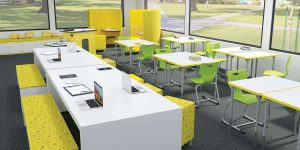
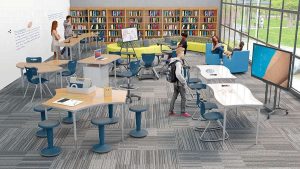



Leave a reply